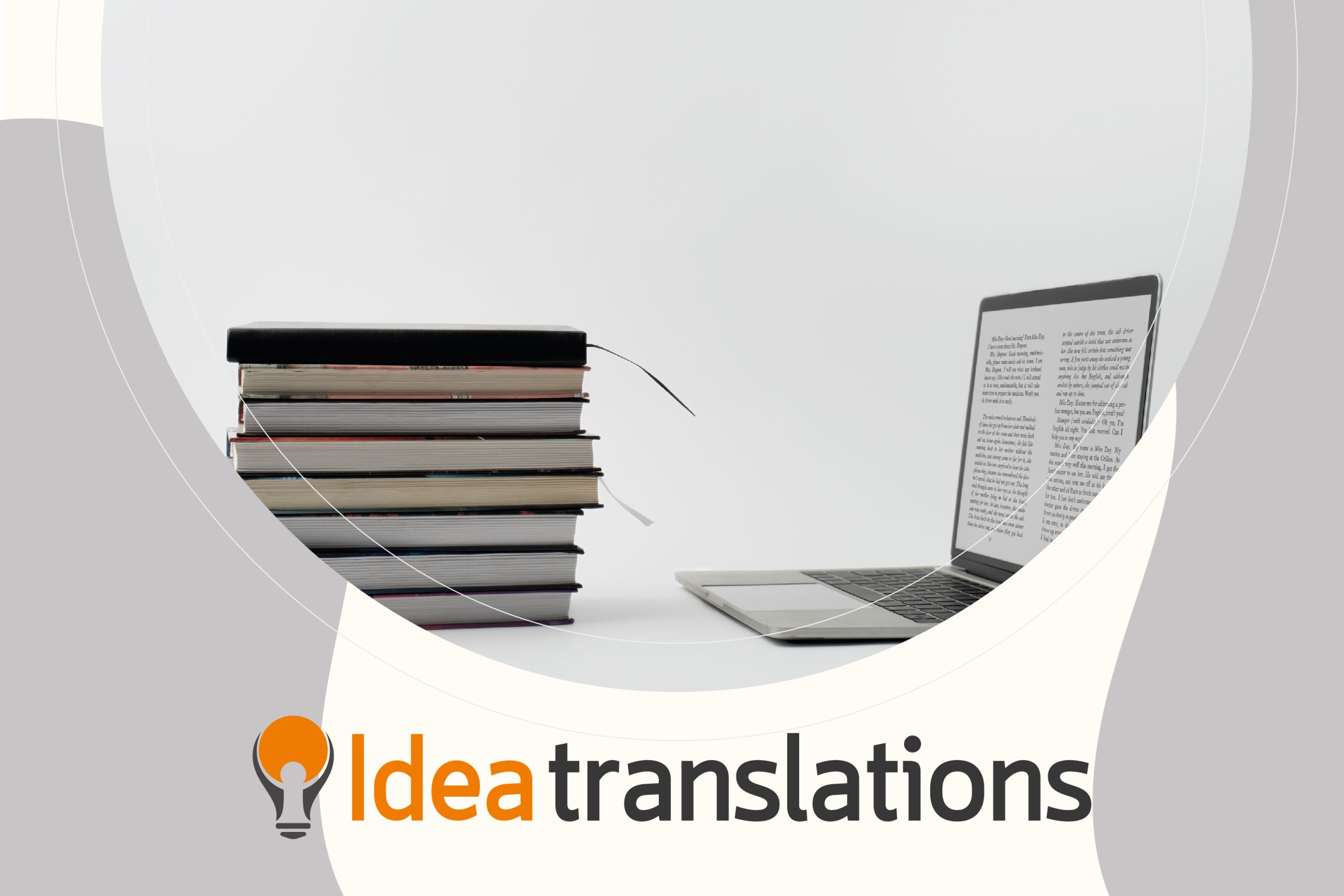
Digital or Physical Books? The Impact of Translation on Modern Reading
In today’s digital era, where devices such as Kindle have become incredibly popular, the debate between physical and digital formats is more significant than ever. Each has its own benefits, attracting different types of readers based on their unique needs and preferences.
Current Trends
Digital books are a powerhouse of convenience, letting you carry countless titles on one device. This is a major plus for travelers, students, and professionals who want to avoid the bulk of traditional books. With options like adjustable font sizes and screen brightness, digital formats are also more accessible for those with visual impairments. Plus, the ability to instantly buy and download a book from anywhere with internet access is a major draw.
Yet, despite digital’s rise, many still love the tangible experience of a physical book. The feel of turning pages, the smell of paper, and the joy of seeing a full bookshelf can’t be replicated. For some, staring at screens for too long leads to eye strain, making physical books the go-to choice.
Many readers use a mix of both formats. They may choose digital for lighter reads or non-fiction and physical copies for art books, collectibles, or deep dives. Ultimately, both formats coexist, with choices hinging on personal taste, content type, and individual circumstances.
Regardless of format, the expansive reach of books today underscores the importance of adapting content to resonate with various cultures. This is where translation becomes essential.
A high-quality translation retains the original author’s voice and style, allowing readers worldwide to enjoy the text as intended. It’s crucial for aligning content with the cultural and linguistic background of the target audience, ensuring a book’s success.
In a globalized market, translation quality can make or break a book’s impact. Professional translations unlock new opportunities and markets, while poor translations can limit reach and reception.
At Idea Translations, we’re committed to delivering translations that capture the essence of the original text while adapting to diverse cultures and global markets. Our mission is to ensure every book, whether physical or digital, reaches its audience with top-notch fidelity and relevance.
Related articles:
https://ideatranslations.com/2022/07/01/10-most-translated-books/
https://ideatranslations.com/2024/09/06/when-cost-overshadows-quality-the-barnes-noble-translation-controversy/
https://ideatranslations.com/2024/08/27/the-worlds-most-translated-books-a-global-literary-journey/



